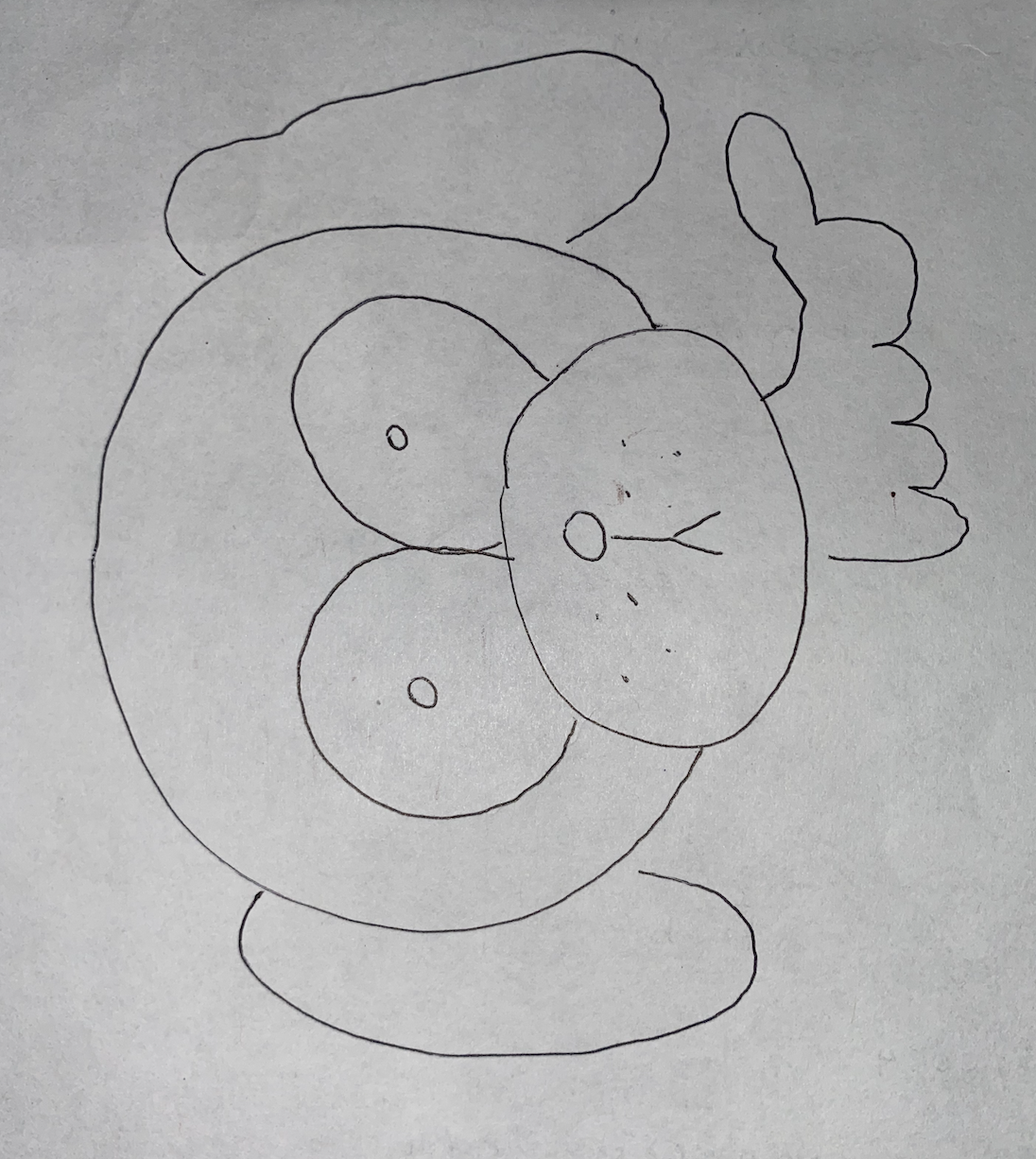Informant Info:
- Nationality: Mexican
- Age: 50
- Occupation: N/A
- Residence: Los Angeles
- Primary language: Spanish
- Relationship: mother
Text:
“Arbol que nace torcido, jamas su tronco endereza.”
No literal english translation
Closest english translation to the phrase above : “tree that is born crooked, its trunk never straightens
Context:
EP says the saying has different meanings; she states, “Puede ser una persona o cosa que estaba hecho mal desde el principio, jamas va ser derecha o jamas se va corregir.” It can be a person or thing that was made wrong from the beginning, it will never be just. The informant says it’s a “refran” or “dicho,” which in English means it is a proverb, a saying, or a riddle. She first heard the saying from her parents when she was about 5 years old. She said at first she didn’t know the significance or true meaning of it until it was explained to her. However, she told me that it was also one of those things that was common sense because you could put two and two together when it is said in a certain situation. She also remembers hearing the proverb told during specific situations. An example she provided me with was of a son who was always reckless as a child and continues to live a reckless life.
Analysis:
I had never heard this proverb before, and at first I was confused because of how the words are phrased in Spanish. Once the informant further explained what it meant, I was able to draw my own interpretation of the proverb. I believe the saying refers to a person who is believed to be unable to change due to the way they were raised or grew up. I believe that from a young age, the way we are educated and what we learn from the people surrounding us leave an impact on us. There are various factors that will help shape who you will become when you grow up. A crooked trunk will never straighten because it was born that way. This could be interpreted in the context of a person that holds negative values and attitudes from a young age. This individual will find it more difficult to change these bad characteristics and habits because they have been instilled into their being. Adopting new habits and values is always possible, but it will be more of a challenge to do so. The person must be willing to change and put in the effort to become better and “enderezer”(straighten).

